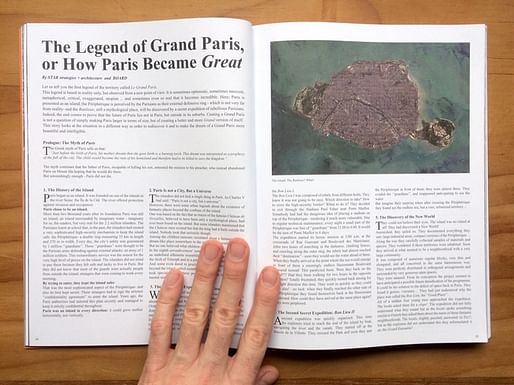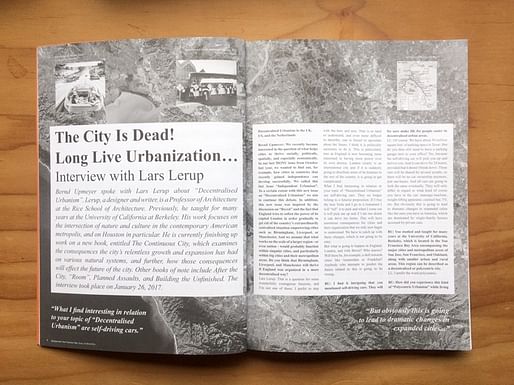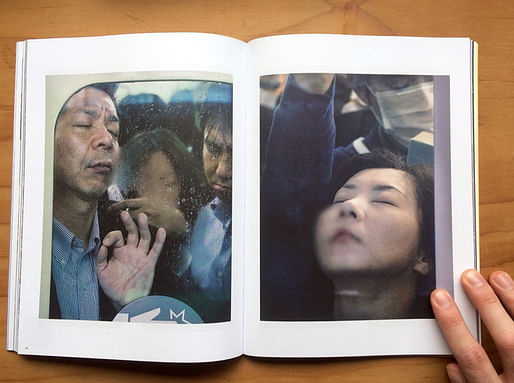
Since 2004, MONU has been working towards the disentanglement and collective understanding of the process of global urbanization. With its latest issue, the magazine seems to demonstrate, and at the same time question, the nature of this process, characterizing it primarily as one of decentralizing urbanization.
By Federico Ortiz
In a world undergoing a process of constant urbanization, which appears to cover the entirety of our planet’s surface, we have become familiar with the idea of living in the “Urban Age” and with statistics that predict, for example, that by 2030 60% of the world’s population will live in cities. Since 2004, MONU has been working towards the disentanglement and collective understanding of the process of global urbanization. With its latest issue, the magazine seems to demonstrate, and at the same time question, the nature of this process, characterizing it primarily as one of decentralizing urbanization.
With as many diverse perspectives as collaborators, MONU #26 DECENTRALISED URBANISM probably originated in a triggering question: Are cities like London, New York and Paris, with their centralizing power, the ones to blame for Brexit, Trump, and Marine Le Pen? These elections revealed the power of the underestimated peripheral (suburban, rurban and rural) populations, as well as exposing a series of territorial asymmetries that come along with the urbanization of our planet.

Instead of looking at the city from its centre to its periphery, MONU #26 concentrates on the polycentric suburban structures not always considered as part of the city. The result is a striking vision that defines what urban is, or may actually be: empty church squares, outlet malls in the middle of nowhere, logistic harbour landscapes, brand new houses on sandy roads, quiet shops in post-industrial suburbs, vacant residential developments in small villages, agricultural landscapes and community gardens, and of course cars, cars and parking lots everywhere.

In this sense one of the articles that I find central to the issue is “The Autoroute State and the Geeks Empire” by Constantina Theodorou, who questions the narrative of the Urban Age and asks for new understandings of what urban, central and territoriality mean. Apart from her own answers to these questions, we find both similar and alternative views on this matter. For Maarten Gheysen, Kris Scheerlinck and Erik Van Daele, our problem is that we are unable to read and write about the current planetary urbanization. To counteract this spatial dyslexia and agraphia, they propose the notion of “AC/AL”: an in-between landscape characterised by the lack of opposition. In “Opposing Oppositions, All City / All Land” there are no more dichotomies between urban-rural, private-public, or natural-artificial, just AC/AL. Others intend to produce alternative narratives, like the OMA-esque project “The Legend of Grand Paris, or How Paris Became Great” by STAR + BOARD, in which the city centre dies in order to save the greater urban territory. The text is accompanied by provocative images such as a satellite view of central Paris as an island, surrounded by water.

Another of the collaborators that declares the city is dead is Lars Lerup. In an interview with Bernd Upmeyer, Lerup not only questions the need for centrality but also defines urbanization as a fast and slow moving apparatus. Movement becomes a recurring topic in this last issue of MONU, as many of the articles identify various subjects in decentralised cities related to key urban flows: immigration, shrinking suburbs, refugees, destination shopping, higher birth rates, commuter traffic, depopulation, and of course cars, but this time autonomous cars, which seem to be the next transformative stage of urbanization.
Finally, returning to the front cover, one can contemplate an intimate moment in the decentralised urban landscape: the image of a man, probably commuting, with his cheek squashed against the glass doors of a train. This picture belongs to a series of photographs by the artist Michael Wolf, whose contribution to MONU #26 entitled “Tokyo Compression” I encounter as an incredibly beautiful and breathtaking visualisation of what it is like to live in today’s decentralised urban territories.
Federico Ortiz is an architect, researcher and writer form Argentina. He studied History and Critical Thinking in Architecture at the Architectural Association. He is interested in publishing and curatorial practices in architecture.
All photos were taken by Federico Ortiz.
No Comments
Block this user
Are you sure you want to block this user and hide all related comments throughout the site?
Archinect
This is your first comment on Archinect. Your comment will be visible once approved.